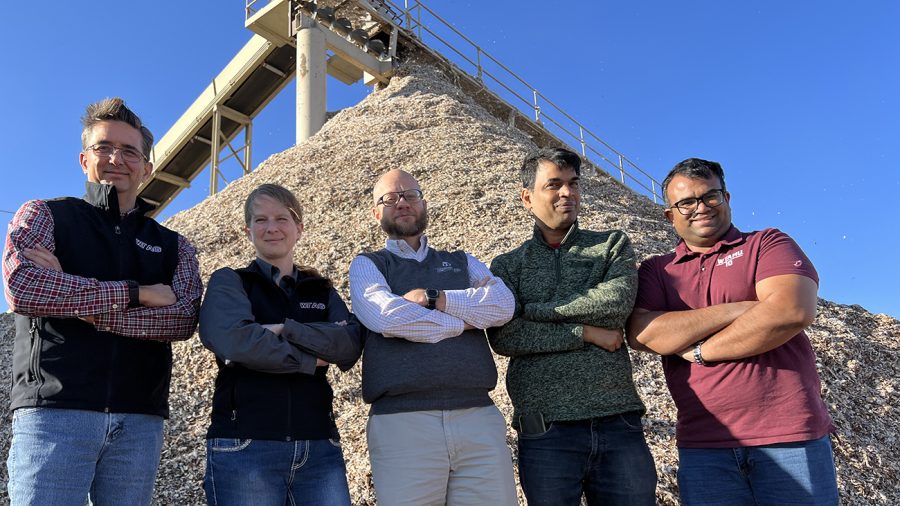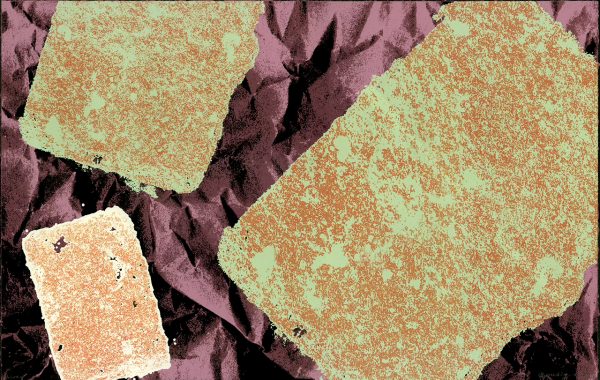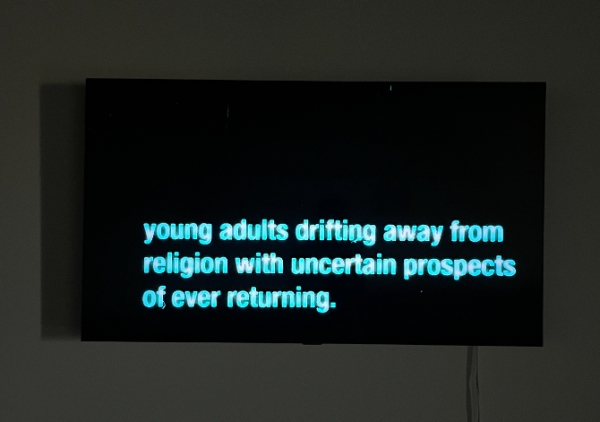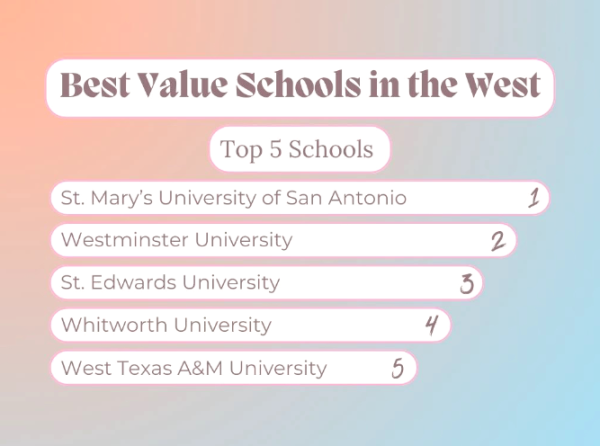Collaborative Research at WT into Reducing Water Needed for Cotton Farming Earns USDA Grant
CANYON, Texas — Professors from two Colleges at West Texas A&M University recently won a major national grant to study a project that can recycle gin waste and potentially reduce the amount of water required to grow cotton in the Panhandle and elsewhere.
The U.S. Department of Agriculture’s Ogallala Aquifer program recently awarded researchers in WT’s Paul Engler College of Agriculture and Natural Sciences and the College of Engineering a $140,000 grant to investigate manufacturing and using biochar to improve soil health and reduce waste.
WT sits within one of the largest cotton-growing regions in the United States. Approximately 1.7 million metric tons of cotton gin trash is produced annually, according to 2017 data.
“We’re trying to solve two problems at once: The need to find meaningful uses for any large amounts of waste, and the need to make dryland agriculture more viable,” said Dr. Nathan Howell, WT’s Bell Helicopter Professor of Engineering.
Biochar is the powdery residue—much like ground charcoal—that remains when organic material is burned in crucibles at temperatures reaching 800 degrees Celsius.
“We use it for water-treatment applications,” Howell said. “For instance, you can use biochar to remove dyes that seep into the water supply from clothing manufacturing plants.”
“In this case,” said Dr. Craig Bednarz, WT’s Stan and Gerry Sigman Professor of Water Resources, “we’re interested in seeing if fortifying soil with biochar will improve water retention. We’ve documented it in the lab, so now we want to see if we can replicate those results in the field.”
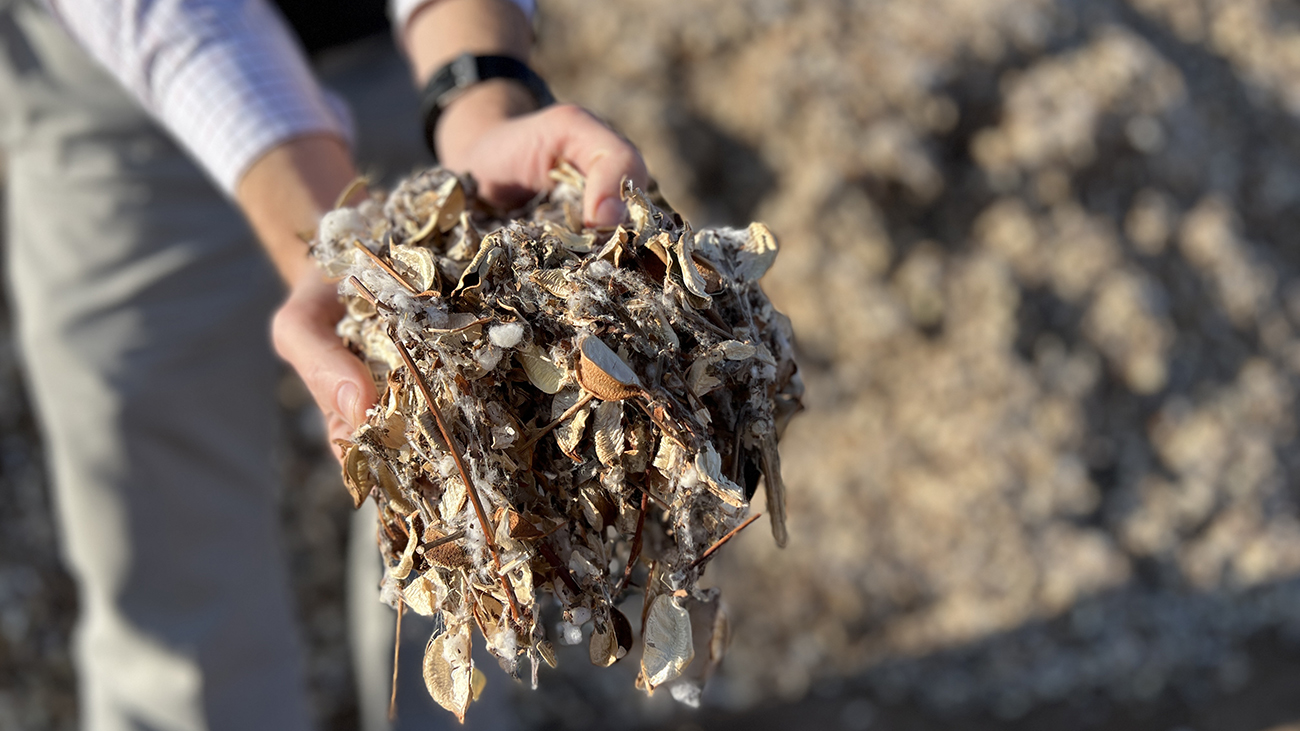 Photo: Dr. Nathan Howell holds a handful of cotton gin trash like that he and his colleagues will convert into biochar in a new research initiative.
Photo: Dr. Nathan Howell holds a handful of cotton gin trash like that he and his colleagues will convert into biochar in a new research initiative.
Howell, Bednarz and their colleagues will build a large crucible and use it to make biochar from cotton gin trash—the mounds of weeds, sticks, hulls and other detritus left behind in the ginning process.
During the two-year study, the biochar will be applied to the first one or two inches of topsoil. Researchers believe it will improve germination rates for cotton seeds, among other benefits.
“When I was younger, growers would take this trash and put it back on the land to reintroduce more organic material to the soil,” Bednarz said. “But that wound up reintroducing weed seed back into the soil, so by and large, it’s just considered a waste product.
“We’ll take a mountain of gin trash and convert it to biochar to put on the growers’ fields,” Bednarz continued. “Biochar is a way to sequester carbon on farms. With concerns about greenhouse gases, this is one way to capture carbon in a more stable form.”
Gasses produced during the creation of biochar might also be used as a synthetic fuel, making the project potentially even more carbon neutral, Howell said. And cotton grown on biochar-fortified fields can be marketed as sustainably produced, which adds value for consumers.
“We’ll look at the economics of it,” said Dr. Bridget Guerrero, associate professor of agricultural business and economics. “If we are able to increase germination, that may mean we can increase yields. And if we’re also reducing water usage, then we’re reducing costs. We don’t know yet what the cost will be to do this on a large scale, so we’re hoping this research will help us determine that.”
The researchers will conduct trials at USDA and the Texas A&M AgriLife Research and Extension Center’s Agricultural Research Service facility near Bushland and at a research farm near Lubbock.
The grant will allow the researchers to build a larger biochar-manufacturing crucible and hire graduate students. Dr. Joshua Partheepan, assistant professor of engineering and power systems, will work with students to design the crucible, which is based on his previous work in the field.
“We are covering several bases in this study, from the manufacture of the biochar to its application in the soil,” said Dr. Sanjoy Bhattacharia, assistant professor of mechanical engineering. “WT is a pioneer in terms of solving this type of problem.”
“It takes people from different disciplines to find solutions like this,” Bednarz said.
Such research in solving regional problems is one way in which WT is strengthening its position as a Regional Research University, a key priority of the University’s long-range plan, WT 125: From the Panhandle to the World .
That plan is fueled by the historic, $125 million One West comprehensive fundraising campaign. To date, the five-year campaign — which publicly launched in September 2021 — has raised more than $110 million.
Photo: Drs. Craig Bednarz, from left, Bridget Guerrero, Nathan Howell, Sanjoy Bhattacharia and Joshua Partheepan pose before a mound of cotton gin trash at the Top of Texas gin near Dawn. The WT researchers are looking into the benefits of converting the waste product into biochar, which could have beneficial impacts for soil.



